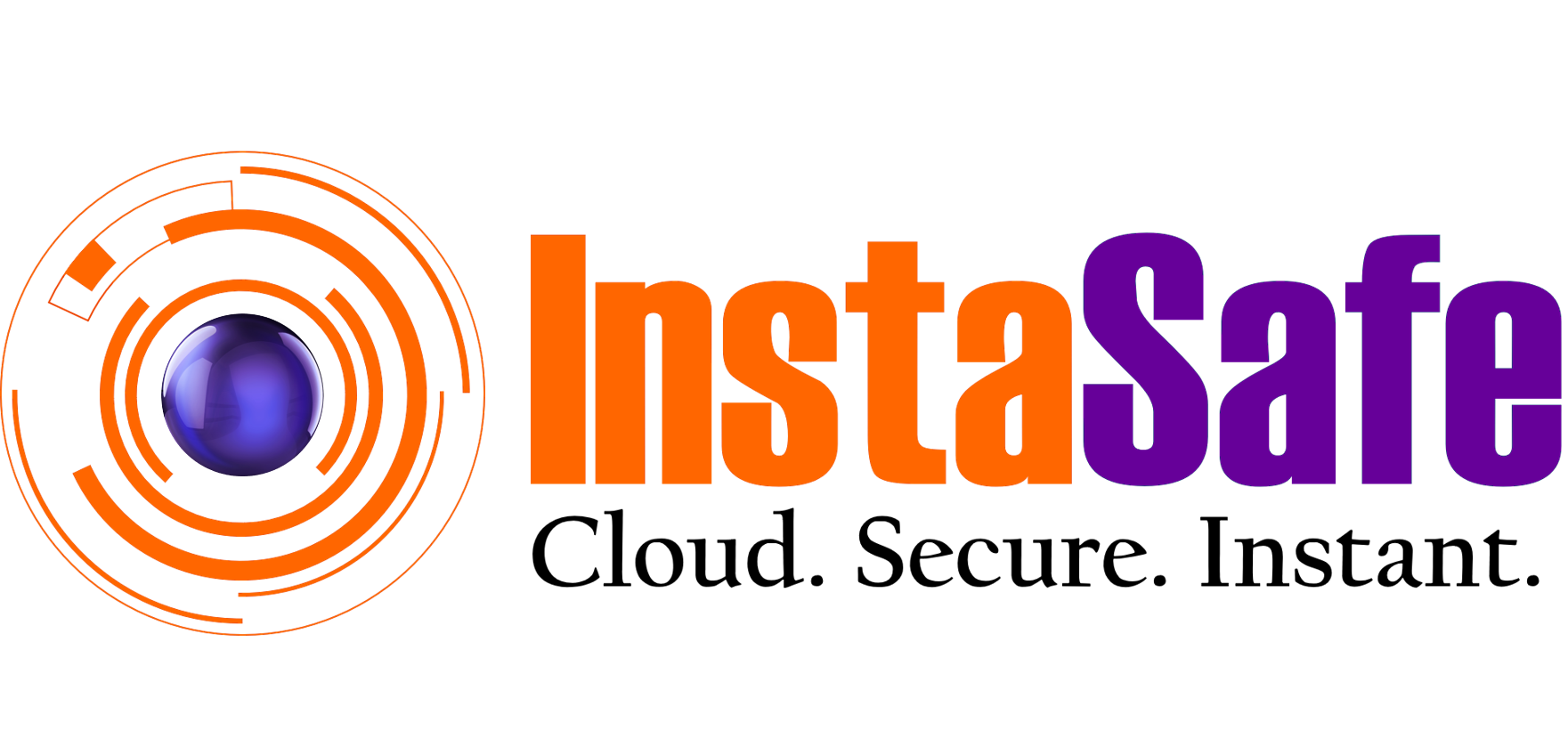Remote Application Server (RAS)

InstaSafe Remote Application Server (RAS) emerges as a key component in Virtual Desktop Infrastructure (VDI), revolutionizing the way organizations deliver applications and desktops to end-users. This article explores the fundamentals of Remote Application Server, highlighting its capabilities and features that contribute to seamless and secure application delivery in VDI environments.
What is Remote Application Server?
Remote Application Server (RAS) is a cutting-edge solution designed to streamline the deployment and management of applications and desktops in a virtualized environment. It serves as the bridge between users and their required applications, delivering a seamless and responsive experience irrespective of the user's location or device. RAS optimizes resource utilization, enhances security, and simplifies IT administration in organizations adopting VDI solutions.
Capabilities of Remote Application Server:
1. Universal Application Delivery:
- RAS enables universal application delivery, allowing users to access applications from any device, including desktops, laptops, tablets, and smartphones.
- Supports multiple operating systems, ensuring compatibility with Windows, macOS, Linux, and mobile platforms.
2. Seamless User Experience:
- Provides a responsive and seamless user experience by delivering applications as if they were installed locally.
- Minimizes latency and ensures high performance, fostering productivity for remote and on-the-go users.
3. Centralized Application Management:
- Centralizes the management of applications, simplifying updates, patches, and version control.
- Reduces the administrative overhead of deploying and maintaining applications across multiple endpoints.
4. Secure Remote Access:
- Implements robust security measures to ensure secure remote access to applications and desktops.
- Utilizes encryption protocols, multi-factor authentication, and access control policies to safeguard sensitive data.
5. Load Balancing and Scalability:
- Distributes user sessions and application loads evenly across servers, optimizing resource utilization.
- Scales seamlessly to accommodate growing user bases and changing workloads.
6. Comprehensive Monitoring and Reporting:
- Provides IT administrators with comprehensive monitoring tools to track user sessions, resource utilization, and application performance.
- Generates detailed reports for performance analysis, capacity planning, and troubleshooting.
Features of Remote Application Server:
1. Application Virtualization:
- Virtualizes applications, allowing them to run in isolated environments, minimizing conflicts and enhancing compatibility.
2. Desktop Virtualization:
- Extends beyond application delivery to offer full desktop virtualization, enabling users to access their entire virtual desktops remotely.
3. Load Balancing and High Availability:
- Distributes user connections and application loads across multiple servers for optimal performance.
- Ensures high availability by seamlessly redirecting users in the event of server failures.
4. HTML5-Based Web Access:
- Facilitates access to applications and desktops through web browsers using HTML5 technology.
- Eliminates the need for client installations, enhancing accessibility.
5. Printer and Peripheral Redirection:
- Redirects local printers and peripherals to the remote session, ensuring a seamless user experience.
- Supports printing from remote applications to local printers.
6. Role-Based Access Control:
- Implements role-based access controls to define and manage user permissions.
- Enhances security by ensuring that users have the minimum access required for their roles.
Remote Application Server is a game-changer in the realm of VDI solutions, empowering organizations to provide universal access to applications and desktops with simplicity and security. Its capabilities, including universal application delivery, seamless user experiences, centralized management, and robust security features, make it a versatile solution for modern work environments. By embracing Remote Application Server, organizations can elevate productivity, optimize resource utilization, and deliver a superior user experience in the ever-evolving landscape of remote and virtual work.
